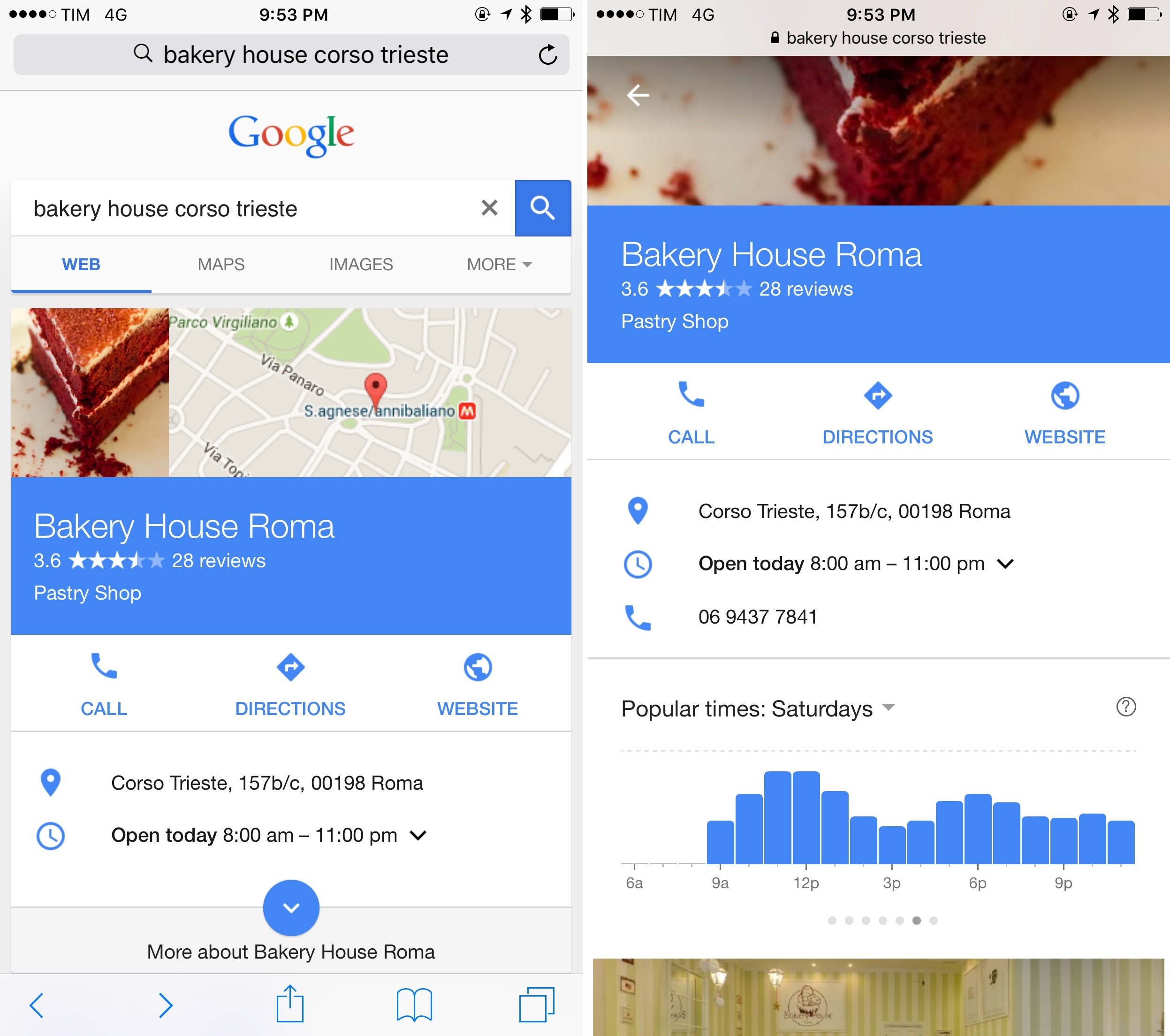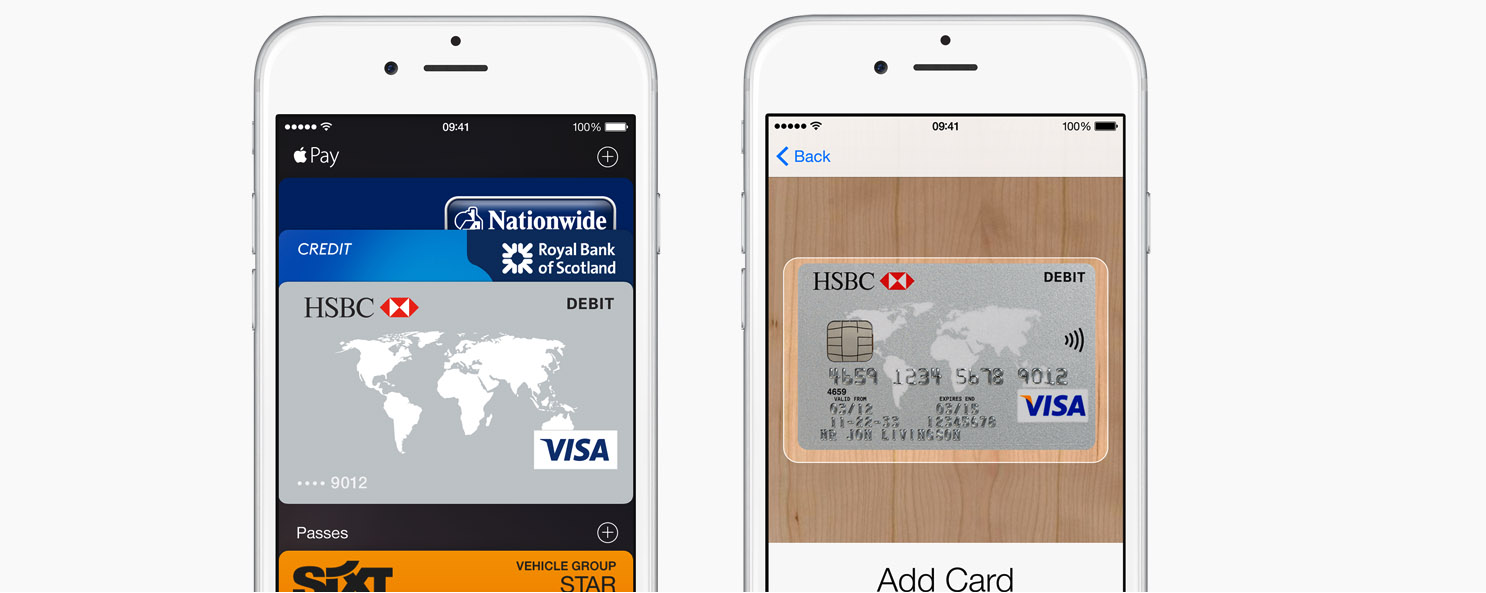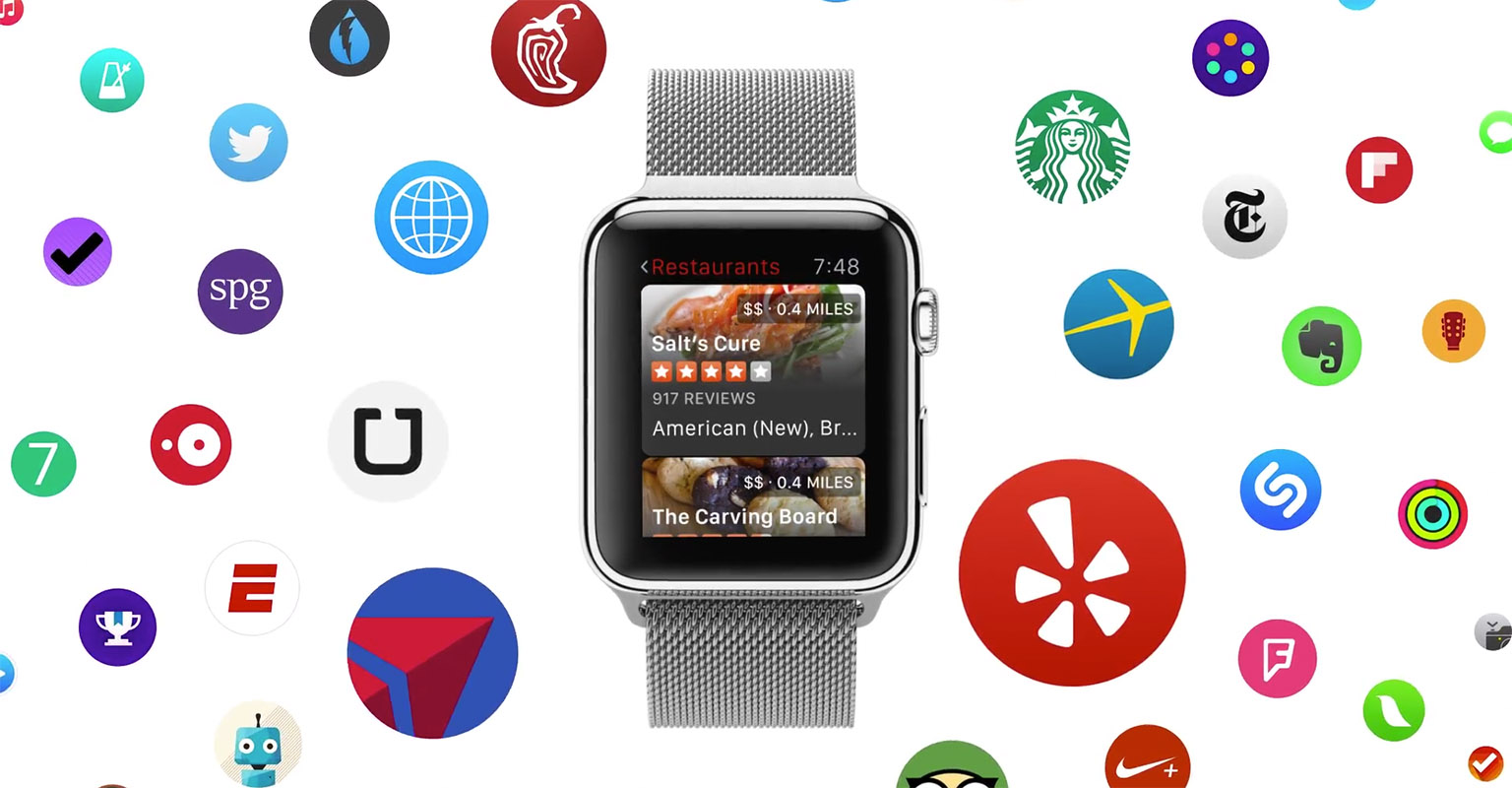I believe the best software is an extension of the human brain. It lets us think naturally, and conforms to us, not the other way around. Translation of information should be the computer’s job, not ours. It’s what we built these digital slaves for. A great Spatial Interface meets our expectations of a physical model. Designed for human beings, it supports a mind, living in the dimensions of space and time. They are Interfaces that are sensible about where things lay. Like a well designed building, they’re easy to traverse through. One space flows into the other, without surprise.
Great article by Pasquale D’Silva on the role of space in software interfaces, with a special focus on some popular iPhone apps. Make sure to check out the GIFs and videos.





